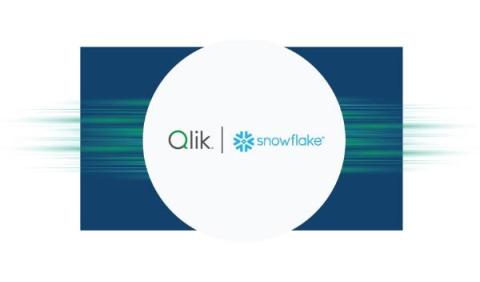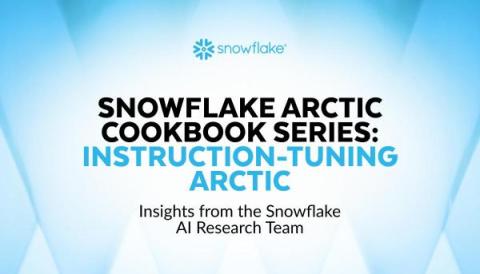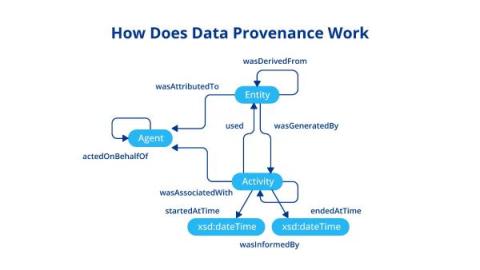insightsoftware EPM
Discover the seamless financial transformation offered by insightsoftware's EPM solutions in this in-depth What's New video. Explore how businesses can boost productivity, minimize risks, and gain real-time data access, leading to optimized financial processes and enhanced decision-making capabilities. From streamlining business cycles to ensuring accuracy and efficiency in financial governance, this video showcases the power of insightsoftware's EPM solutions in driving tangible value for organizations.










